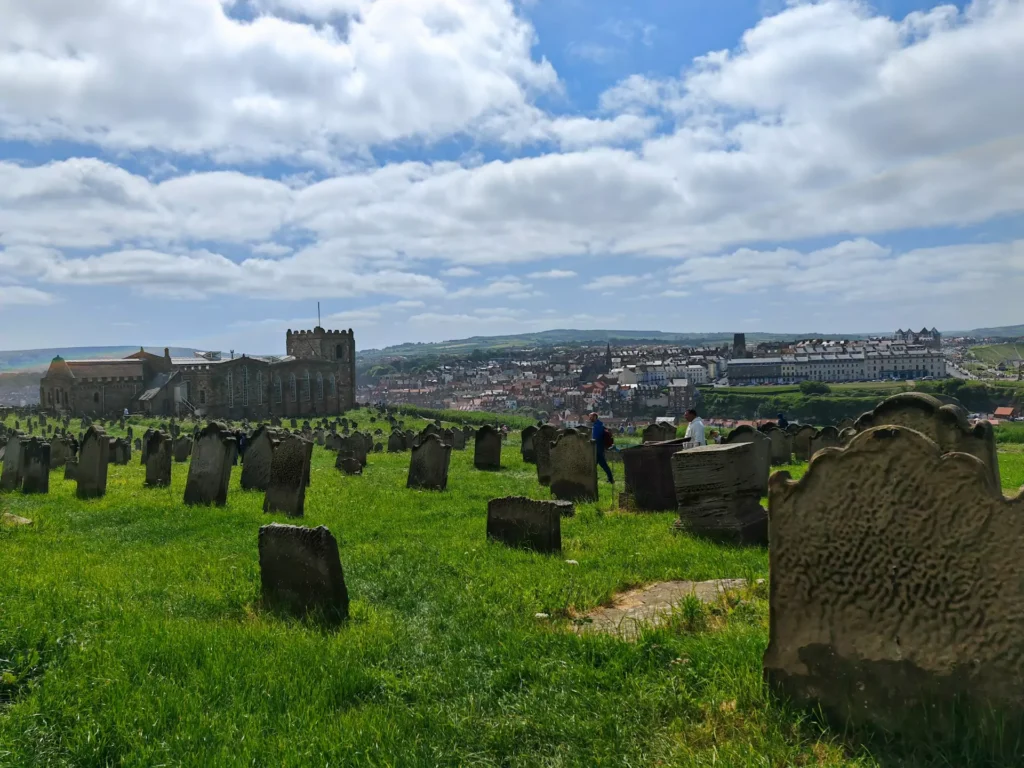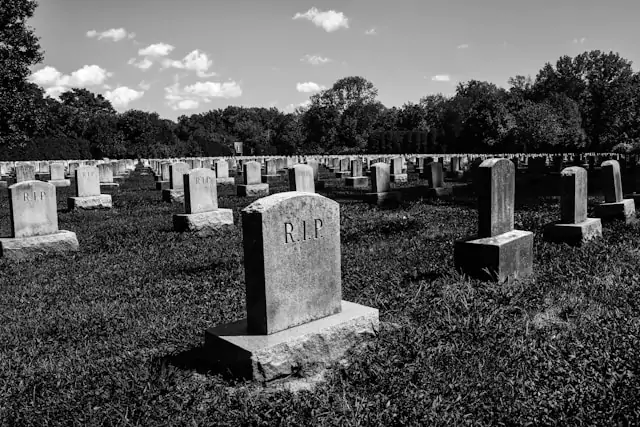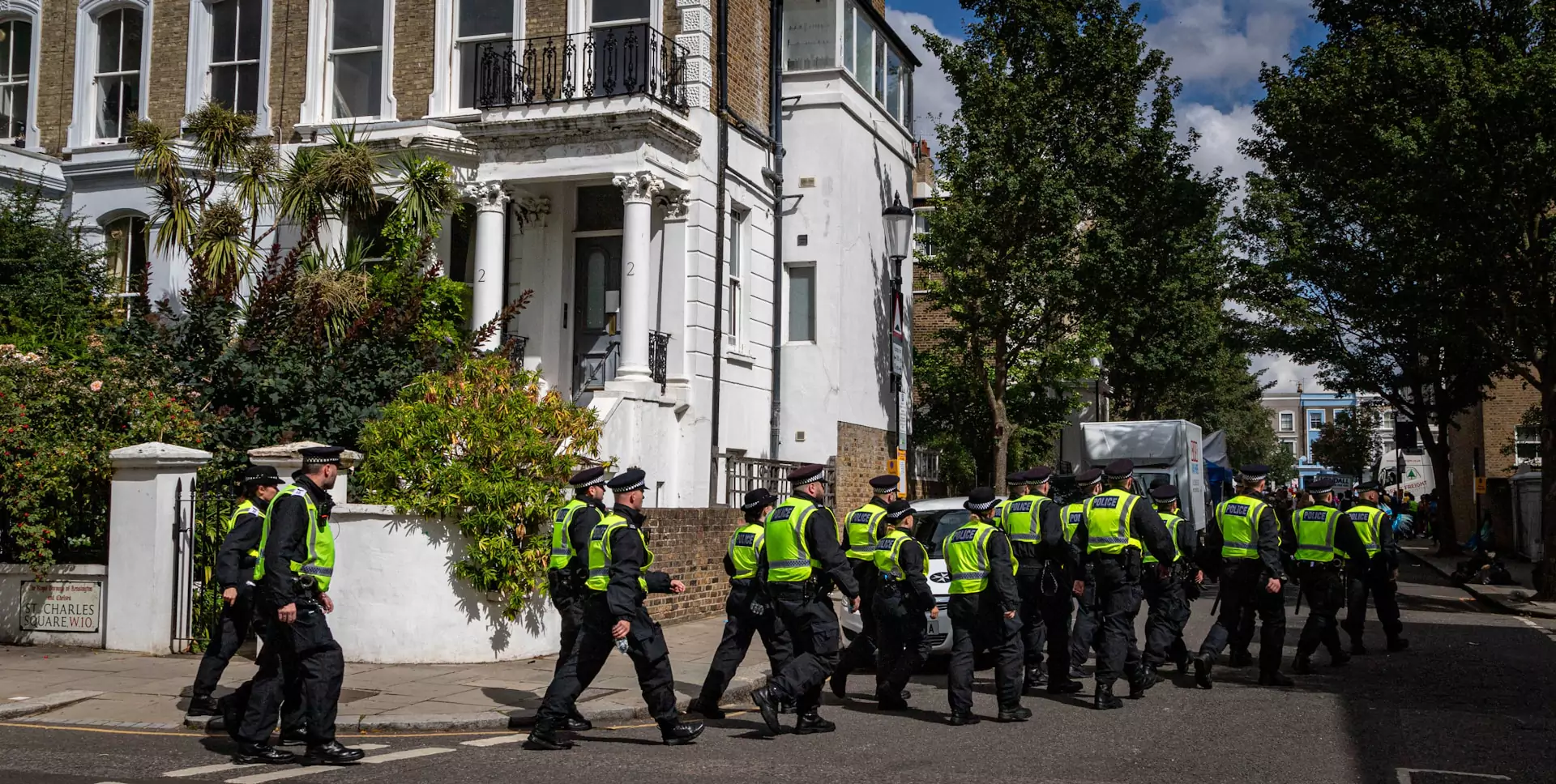A mass grave in Oldham has yielded more than 300 bodies, most of them infants and young children.
A woman searching for her brothers in 1962 discovered the 12 by 12-foot grave in Royton Cemetery; one of the brothers had died within five hours of birth.
Maggie Hurley and Jade Hughes, two council members, released a statement announcing the discovery. claimed that the bodies consisted of 146 stillborn babies and 128 infants and young children.
Up until the middle of the 1980s, parents of stillborn babies were frequently taken from their homes without their knowledge or consent.
The council members stated that it’s a glaring injustice that parents were deprived of their basic right to bury their children—a right that ought to be inalienable and uncontested.
Our sense of justice and compassion should be sparked by this situation. They said the woman was “in tears” and “feeling a profound sense of loss and injustice” after discovering the body, and that she needed both practical and emotional support to deal with the trauma of her discovery.
The council members added that three more graves in Royton Cemetery are comparable in size to this one.
They added that of the 303 bodies discovered, only 147 names were available online and 156 names were missing. Nevertheless, they claim that this has been fixed.
When we enquired about the other cemeteries in the borough. We were also told, that there was information lacking for these cemeteries.
By cross-referencing all accessible records and updating the online database, the staff is currently working to correct this.
The Tragic History of Stillborn Babies

The parents of babies who die soon, after birth or who are stillborn are not consulted when making funeral arrangements, according to Sands a charity that supports stillbirth and neonatal deaths.
The charity stated that before that time, parents were frequently not informed about what happened to their baby’s body and were not usually involved. However, this began to change in the middle of the 1980s.
Some parents have successfully traced the grave or cremation record of a deceased baby. It is common for stillborn babies to be buried alongside other babies.
A journal published in 2015 by the Institute of Cemetery and Crematorium Management stated, that many of these babies would be interred in an unconsecrated area because their parents had been “urged to forget” and their child had not been baptized.
According to Sands, there was a widespread notion, that it was preferable to move on as if nothing had happened among professionals and society at large.
Read More From Brit News Hub
They said that you might have been discouraged from remembering or talking about your child, as well as from expressing your grief.
The woman, according to the councilors, started searching for her brothers after reading about Gina Jacobs, who in 2022 discovered her stillborn son in a mass grave at a Wirral cemetery.
Speaking in a Facebook group on Thursday night, Ms. Jacobs said that the woman is working nonstop to obtain justice and recognition for our babies and born sleeping siblings.







